RICE Principle
What is the RICE (rest, ice, compression, and elevation) principle?
One method of treating an injury is the RICE Principle. RICE aids in reducing inflammation and pain. Additionally, it might promote flexibility and healing. RICE is a term for:
- Rest: Give the injured or aching area some rest and protection.
- Ice: Use ice or a cold pack as soon as you can.
- Compression, or applying an elastic bandage to the wounded or swollen area.
- Elevating (supporting) the wounded or aching region.
How do you use the RICE (Rest, Ice, Compression, and Elevation) principle?
RICE—Rest, Ice, Compression, and Elevation—can be used as soon as possible after an injury, such as a sprain of the knee or ankle, to reduce pain and swelling and encourage healing and flexibility.
Rest.
Give the injured or aching area some rest and protection. If you are experiencing pain or soreness from an activity, stop, modify, or take a break from it.
Ice.
Use a cold or ice pack as soon as possible to reduce or avoid swelling. Pain and swelling can be decreased by cold. Add the ice or cold pack three or more times a day, for ten to twenty minutes. If the swelling has subsided after 48 to 72 hours, heat should be applied to the injured area.
Avoid putting heat or cold directly on the skin. Before placing the cold or heat pack on the skin, cover it with a towel. Ice should also be applied following any extended or intense workout.
Compression.
To assist reduce swelling, wrap an elastic bandage (like an Ace wrap) around the wounded or sore area. Avoid wrapping it too tightly as this may result in further swelling beneath the injured region. Loosen the bandage if it starts to feel too tight.
Numbness, tingling, increasing pain, coolness, or swelling in the area beneath the bandage are indications that the bandage is excessively tight. If you believe you may need to use a wrap for more than 48 to 72 hours, consult your doctor as there might be a more serious issue.
Elevation.
When using ice whether you are sitting or lying down, elevate the damaged or aching area on cushions. To reduce swelling, aim to keep the affected area at or above the level of your heart.
Treatments Used With RICE
In addition to the RICE treatment, your doctor might advise taking nonsteroidal anti-inflammatory drugs (such as naproxen or ibuprofen). Both prescription and over-the-counter versions of these are available. Before using these drugs, discuss your medical history with your doctor.
Variations
- HI-RICE – Hydration, Ibuprofen to relieve Pain, Rest, Ice, Compression, and Elevation.
- PRICE, Protect, Rest, Ice, Compression, Elevation
- PRICES – Protection, Rest, Ice, Compression, Elevation, and Support (e.g. bandaging or taping).
- PRINCE stands for compression, elevation, NSAIDs, ice, protection, and rest.
- RICER – Rest, Ice, Compression, Elevation, Referral.
- POLICE stands for Protection, Elevation, Compression, Ice, and Optimal Loading.
Is the R.I.C.E. Treatment Still Recommended?
While the R.I.C.E. method has been utilized for many years to treat musculoskeletal injuries, new research indicates that it might not be the best course of action.
Because R.I.C.E. inhibits blood flow to the injury, which is necessary for the healing process, some studies contend that it may even be harmful and slow down the healing process.
There have been other recommended treatment procedures, such as M.E.A.T., L.O.V.E., and P.E.A.C.E.
P.E.A.C.E. Protocol
The P.E.A.C.E protocol is advised when treating an injury in the short term (acute phase). What the acronym stands for is:
- Protect: Reduce your movement for a period of one to three days.
- Elevate: To encourage fluid (edema) to drain out of the tissues, keep the limb elevated above the heart. Although there is no evidence to support the use of elevation, it is nevertheless frequently employed because there are no hazards.
- Avoid anti-inflammatories: The several stages of inflammation aid in the healing of injured soft tissues. Therefore, using medication to reduce inflammation may eventually have a negative impact on tissue repair, especially if higher dosages of anti-inflammatory medicines are used.
- Compression: Tissue bleeding and fluid collection (swelling) may be minimized by the use of tape or bandages.
- Education: Patients should be informed by their healthcare providers about the advantages of taking an active role in their recovery. In the early stages after injury, the effects of passive modalities (e.g., electrotherapy, manual therapy, and acupuncture) on pain and function are minimal as compared to an active approach. They might even end up being detrimental in the long run.
L.O.V.E. Protocol
It is believed that a musculoskeletal injury requires a different strategy, such as the L.O.V.E. protocol, after the initial few days. This abbreviation represents:
- Load: As soon as symptoms permit and without exacerbating pain, normal activities should be resumed and body weight should be gradually added to the damaged area.
- Optimism: Emotions and beliefs play a significant role in the healing process. Recovering from psychological issues including depression, anxiety, and catastrophizing can be difficult.
- Vascularization: A few days following injury, pain-free aerobic exercise should be begun in order to improve motivation and enhance blood flow to the affected structures.
- Exercise: Early on after an injury, exercise helps regain strength, balance, and range of motion while lowering the chance of further damage.
M.E.A.T. Protocol
The M.E.A.T. protocol is similar to the L.O.V.E. protocol in that it emphasizes early movement and active care. M.E.A.T. speeds up the healing process by increasing blood flow to wounded areas. Since ligaments, tendons, and cartilage are soft tissue structures that receive little blood flow in the first place, this approach aims to increase blood flow to the wounded area
What the acronym stands for is:
- Movement: applies a tiny force to the ligament, promoting the growth of new tissue and facilitating the removal of blood and fluid. The movement must be mild and should not exacerbate the pain.
- Exercise: Exercise is added to the wounded area once the pain has subsided and movement has improved. This improves circulation by bringing in new blood and clearing debris from the damaged tissue.
- Analgesia: One’s capacity to effectively move the damaged area through its complete range of motion is hampered by pain. Try Tylenol (follow the dosage instructions on the label) or natural medicines to control pain instead of non-steroidal anti-inflammatories (NSAIDs), which may prolong the healing process.
- Treatment: As the healing process advances, it may be helpful to use a range of therapeutic techniques, including transcutaneous electrical nerve stimulation (TENS), acupuncture, soft tissue release, and kinesiology taping.
- Remember that each injury is unique and calls for a customized plan that a qualified healthcare provider advises.
When to Seek Medical Treatment
One of the above regimens can treat many common acute injuries, especially when paired with over-the-counter pain medicines. But, you should consult your doctor if, after 48 hours, your pain and swelling don’t start to lessen.
If the damage is severe, get medical attention right away. A severe injury is indicated by a visible fracture, a dislocated joint, persistent swelling, or severe pain. Severe injuries can require surgery and more intensive care.
RICE for Ankle Sprains
A common treatment method for acute ankle sprains is the RICE procedure. However, there is not enough data to support the use of RICE for sprains of the ankle. It is advised that treatment selections be made individually, carefully considering the advantages and disadvantages of each alternative, and supported by national guidelines and expert opinions.
The RICE approach is still an acceptable intervention for short-term pain relief even though it does not speed up healing.
Patients with grades I and II (partial and incomplete tears) can utilize it, however grade III tears could need surgery.
Summary
It’s critical to manage pain, swelling, and inflammation as quickly as possible after an acute injury. The P.E.A.C.E. protocol and the R.I.C.E. approach are easy ways to do this at home in the short term. In case you need them later, you might want to put an ACE bandage and an ice pack in your first-aid kit.
After 48 hours of R.I.C.E., if your pain and swelling persist, get in touch with your doctor.
FAQ
What is the RICE principle used for?
RICE stands for rest, ice, compression, and elevation. It is a widely recognized treatment for inflammation following
trauma, including acute ankle sprains. Pain, edema, hyperalgesia, and erythema are all brought on by inflammation
and might make it more difficult for the patient to complete the rehabilitation necessary for a full recovery.
What are the disadvantages of RICE treatment?
The RICE method’s drawbacks include skin burns from the ice, stiff joints from inactivity, and decreased blood flow,
which hinders healing.
What is the acronym RICE?
The abbreviation for rest, ice, compression, and elevation is RICE. In the first 24 to 48 hours after an acute soft tissue injury, this system is employed as the best care practice currently in use.
What is the difference between RICE and mice?
Generally, while treating a sprain or strain, meet somewhere in the midst between rest and mobility. Rest, Ice,
Compression, and Elevation (RICE). Motion, Ice, Compression, and Elevation (MICE). How come the first two
acronyms for treating a sprain or strain—rest versus motion—start with such diametrically opposed actions?
What does the RICE acronym stand for muscles?
RICE stands for Rest, Ice, Compression, and Elevation.
REFERENCES
- RICE (rest, ice, compression, and elevation). (n.d.). UK HealthCare. https://ukhealthcare.uky.edu/orthopaedic-surgery-sports-medicine/treatment/rice
- What Is the RICE Method for Injuries? (2017, May 22). WebMD. https://www.webmd.com/first-aid/rice-method-injuries
- RICE. (n.d.). Physiopedia. https://www.physio-pedia.com/RICE
- Eustice, C. (2023, November 6). R.I.C.E. Treatment for Acute Musculoskeletal Injury. Verywell Health. https://www.verywellhealth.com/what-is-rice-190446

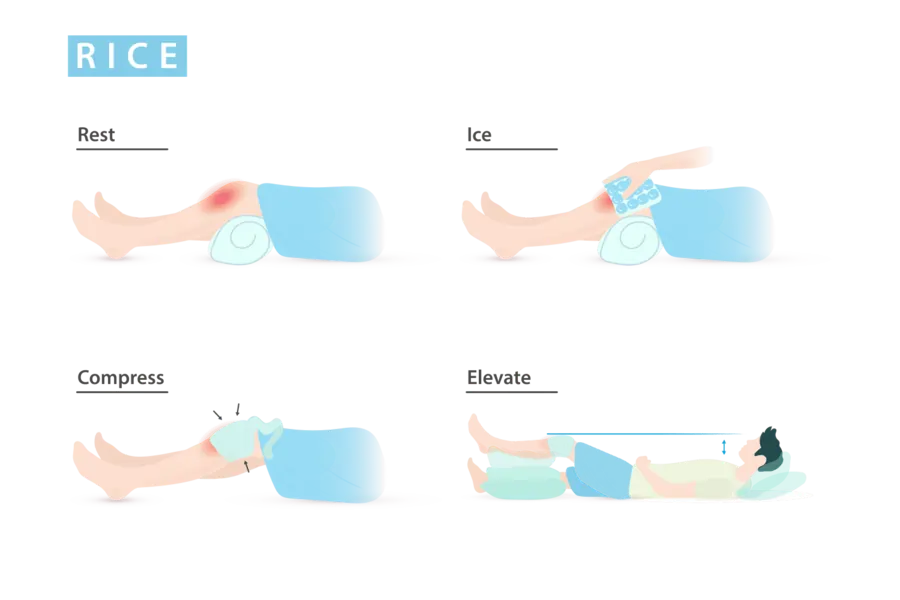
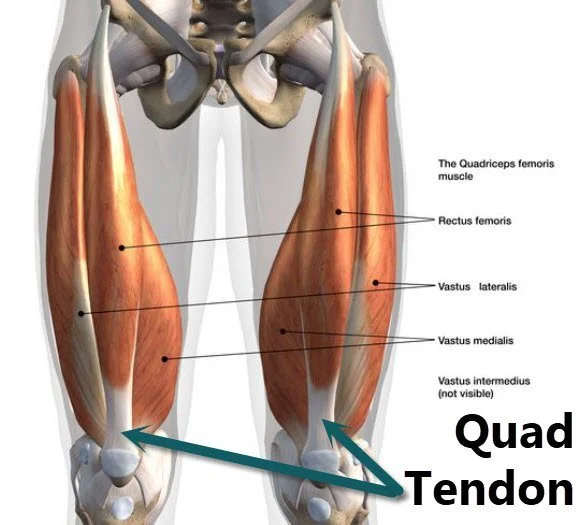


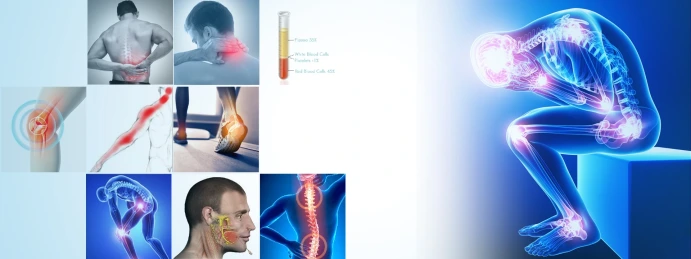
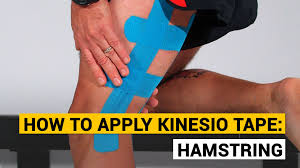
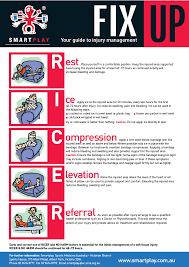
40 Comments